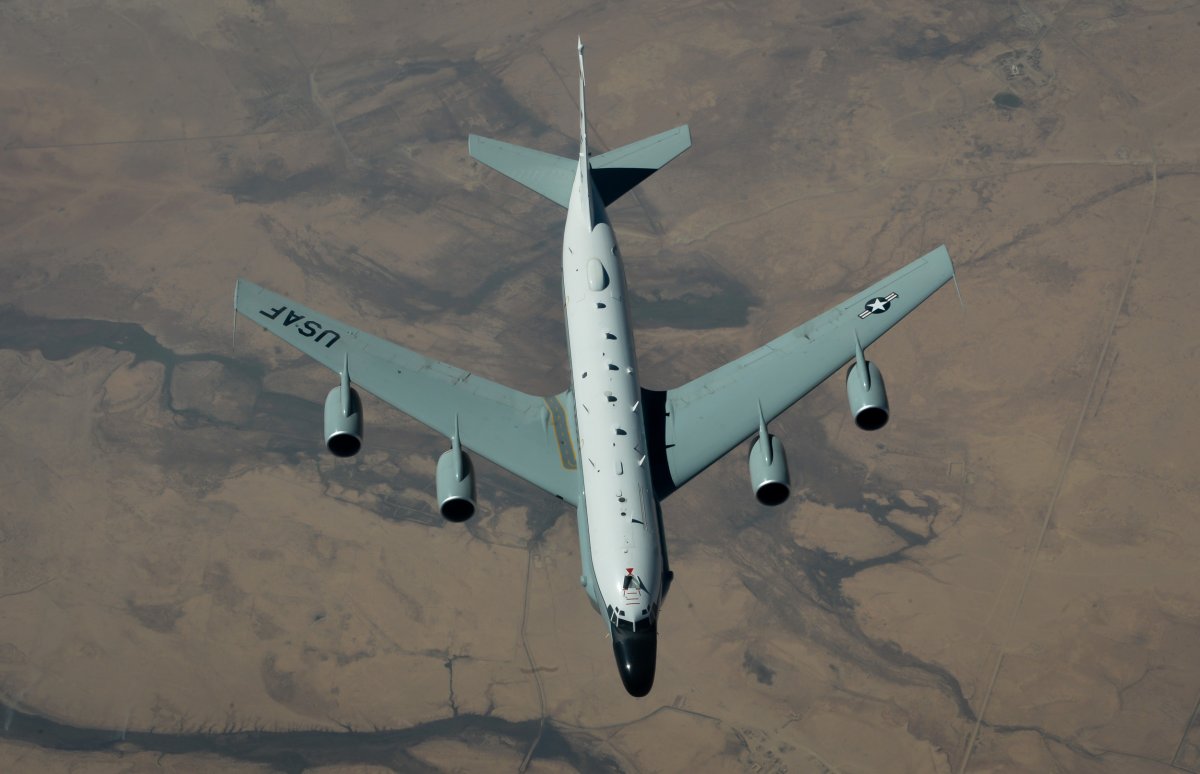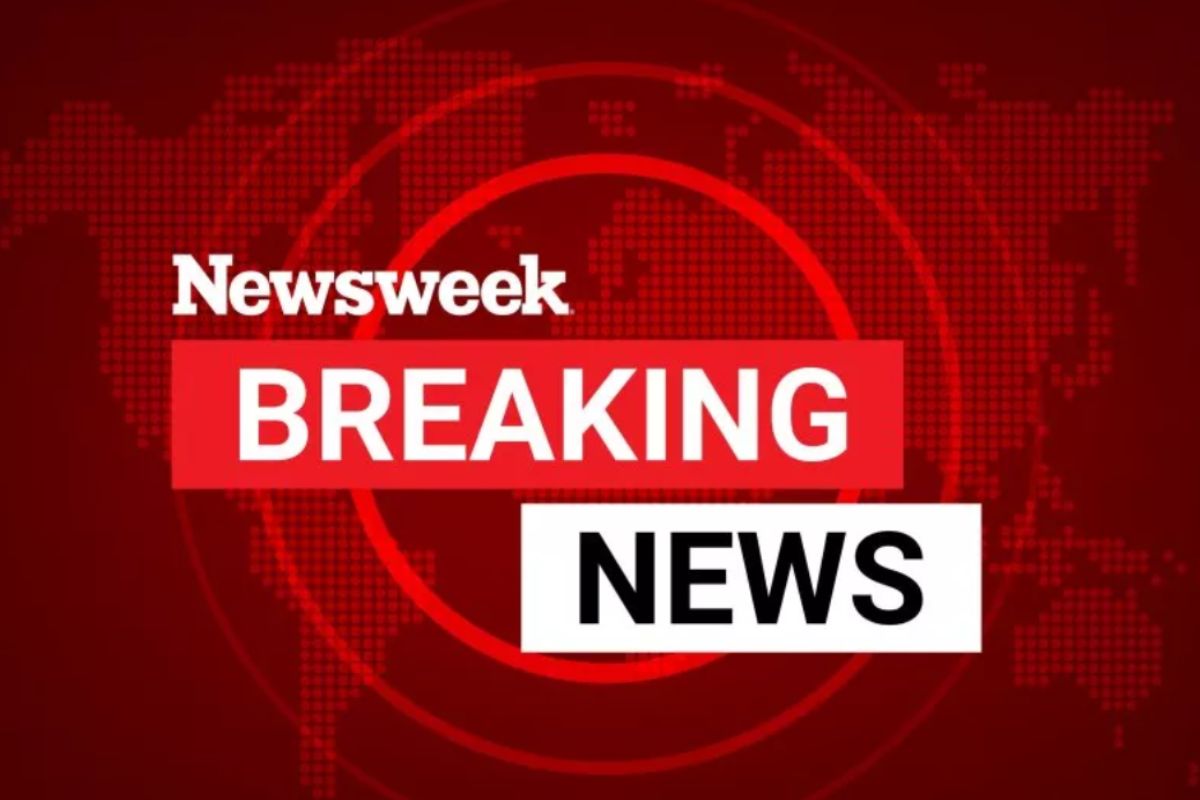A U.S. military plane gathered intelligence on Russian positions from within contested Black Sea airspace in the first such mission since Moscow's full-scale invasion of Ukraine began nearly three years ago, flight records suggest.
The move—first spotted on Wednesday by open-source intelligence analyst MeNMyRC—possibly signals a new and bolder approach by the Pentagon under President Donald Trump.
The U.S. Defense Department and Russia's Defense Ministry did not immediately respond to separate emails seeking comment before publication.

Why It Matters
The U.S. Air Force previously sent reconnaissance aircraft to the Black Sea from allied bases in Europe to monitor military movements in Crimea, which was annexed by Russia in 2014. The crewed sorties were replaced by drone flights following the outbreak of the Russia-Ukraine war in February 2022, a decision that appeared to reflect concern over the safety of American service personnel.
What To Know
GPS signals captured by the website Flightradar24 showed a U.S. RC-135V Rivet Joint signals intelligence plane—using the call sign "JAKE17"—flying deep into the Black Sea on Wednesday, circling international airspace roughly 100 miles southwest of Russia's naval stronghold of Sevastopol for about four hours.
Newsweek's map, displaying Coordinated Universal Time or UTC, retraces the February 5 flight, which was a departure from the more cautious practice of utilizing the coastal airspace of NATO members Romania and Bulgaria.
Rivet Joints provide "near real time on-scene intelligence collection, analysis and dissemination capabilities" with a crew of more than 30, including electronic warfare officers and intelligence operators, according to the Air Force. They belong to the service's family of RC-135 reconnaissance planes, a number of which are forward-deployed to an allied air base in the Pacific to watch adversaries including China and North Korea.
In a post on the social media website X, MeNMyRC speculated that the Air Force may have been given "new marching orders" from the Pentagon, a directive that, if correct, could pose a fresh challenge to decision makers in the Kremlin, especially if intensive drone sorties continue as well.
"Once the war started, the U.S. ceased manned operations off Sevastopol," MeNMyRC wrote. "This is a major posture change."
In March 2023, the Air Force readjusted its unmanned reconnaissance missions in the Black Sea after a pair of Russian fighter jets intercepted and caused the crash of an MQ-9 drone. U.S. drone flights later resumed, but at a far greater distance from Crimea. Moscow has accused Washington of using the intelligence gathered to provide precise targeting data for Ukrainian missile attacks.
The United States is far from the only NATO member keeping tabs on Russian forces in Crimea. The U.K's Royal Air Force, which has three RC-135W Rivet Joints of its own, routinely conducts reconnaissance in the Black Sea—from a distance.
The U.S. Rivet Joint JAKE17, currently deployed to RAF Mildenhall in England, also flies regular missions around the Russian stronghold of Kaliningrad, an exclave on the Baltic Sea.
What People Are Saying
MeNMyRC, RC-135 platform specialist, told Newsweek: "It would certainly carry additional risk to the crew and aircraft. Russian fighters (and Chinese) have been fairly aggressive when intercepting and identifying aircraft over international airspace. There have been several instances of fighters buzzing aircraft, crossing their flight path directly in front of them (thumping). This flight, and others that may follow, will likely be intercepted by fighters for visual identification. If they are aggressive, the risk of an accidental collision increases."
Blake Allen, U.S. foreign policy commentator, on X: "The United States putting strategic assets back into the Black Sea (the RC-135 operations were a key way we tracked Russia's military build-up) dovetailing with rumors that Western deep strike restrictions have been lifted is an interesting development."
What Happens Next
NATO carries out near-daily aerial surveillance of Russia's western border regions and it is not a given that the Kremlin will see a need to respond immediately and firmly to the possible resumption of U.S. spy flights deeper into the Black Sea.
Trump campaigned on a promise to bring a swift end to the Ukraine war, and his Russian counterpart President Vladimir Putin may still be weighing up a new round of diplomacy with the White House.
Update 2/6/25, 9:32 a.m. ET: This article was updated with comments from security analyst MeNMyRC.














)





 English (US) ·
English (US) ·